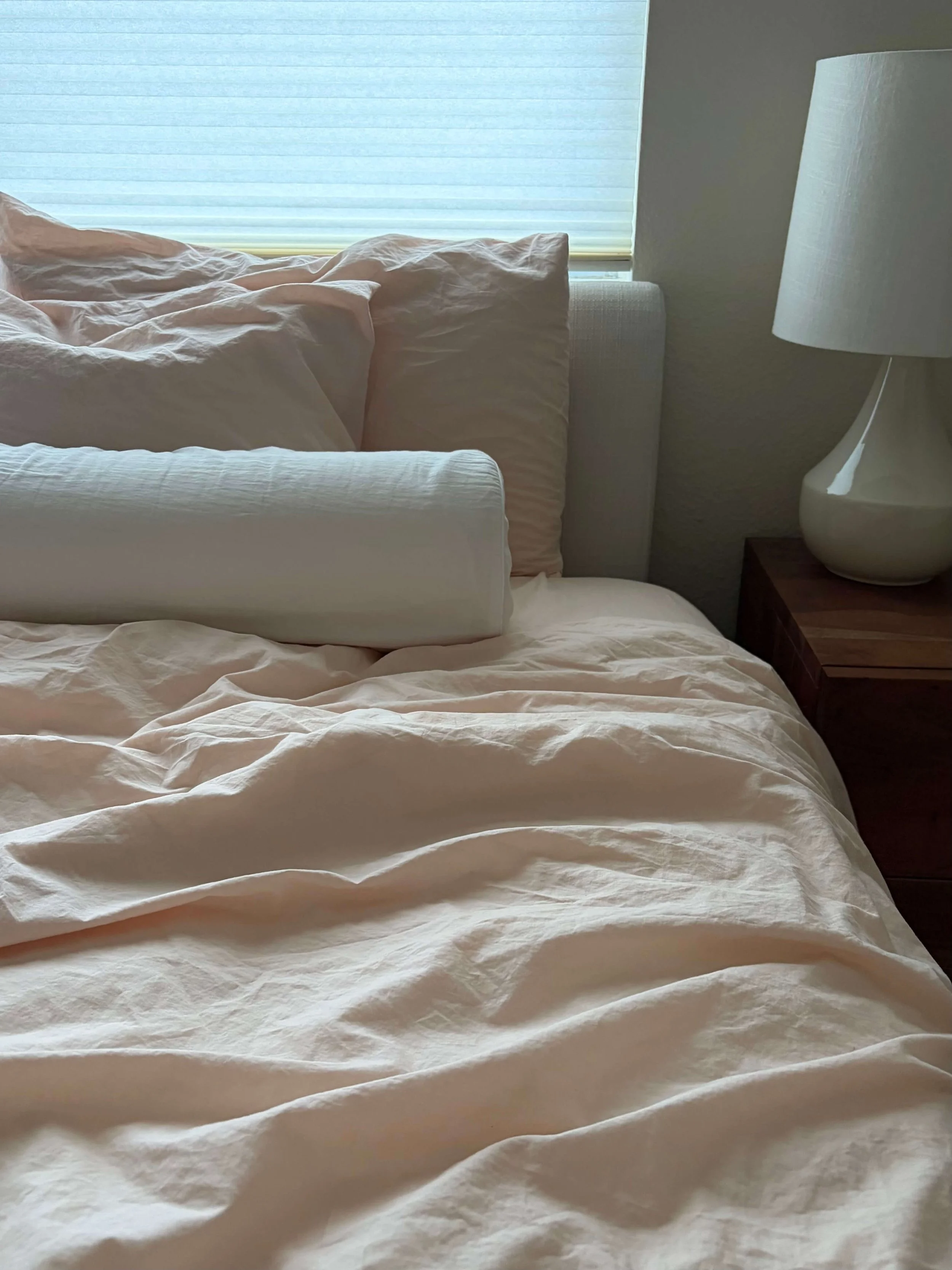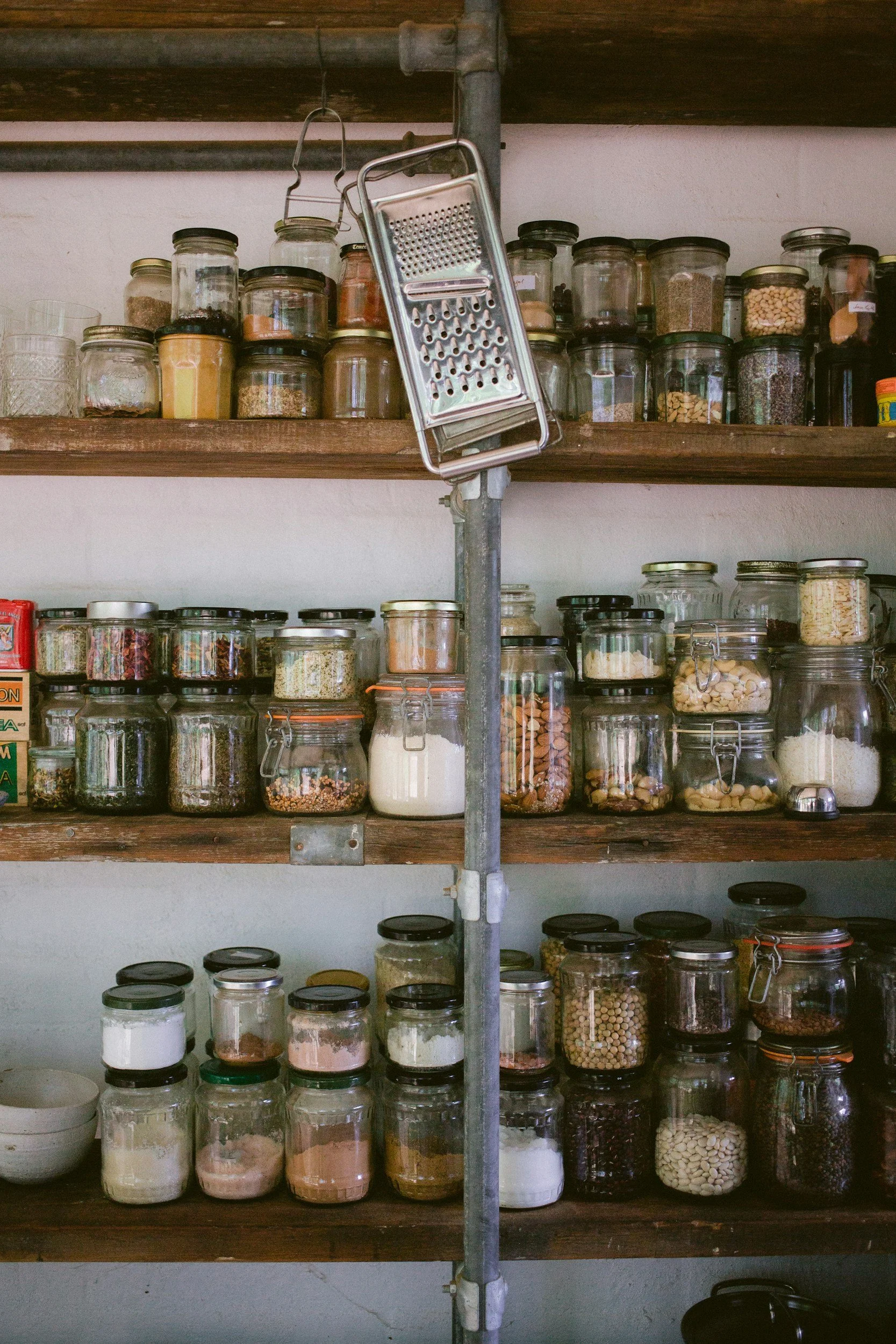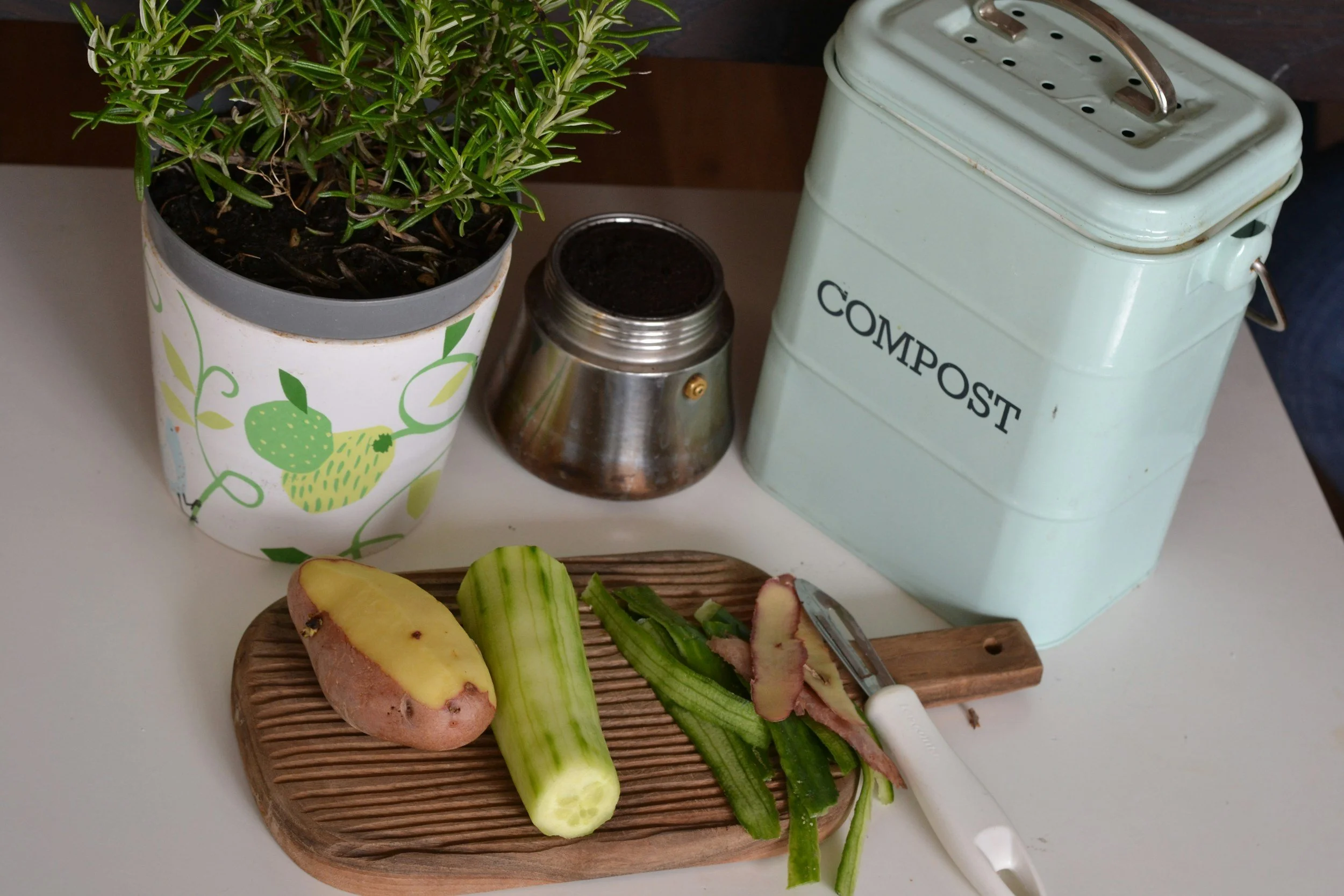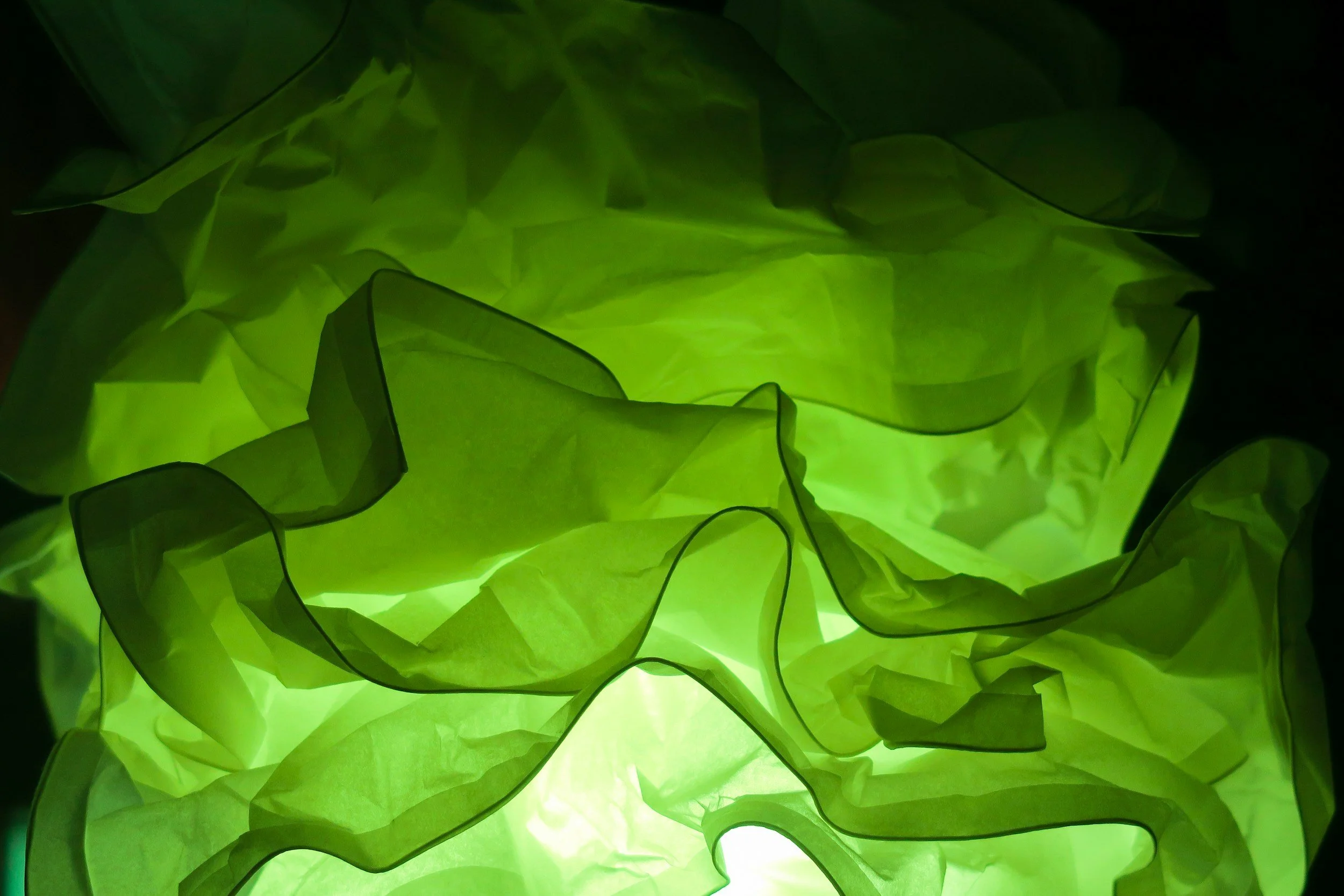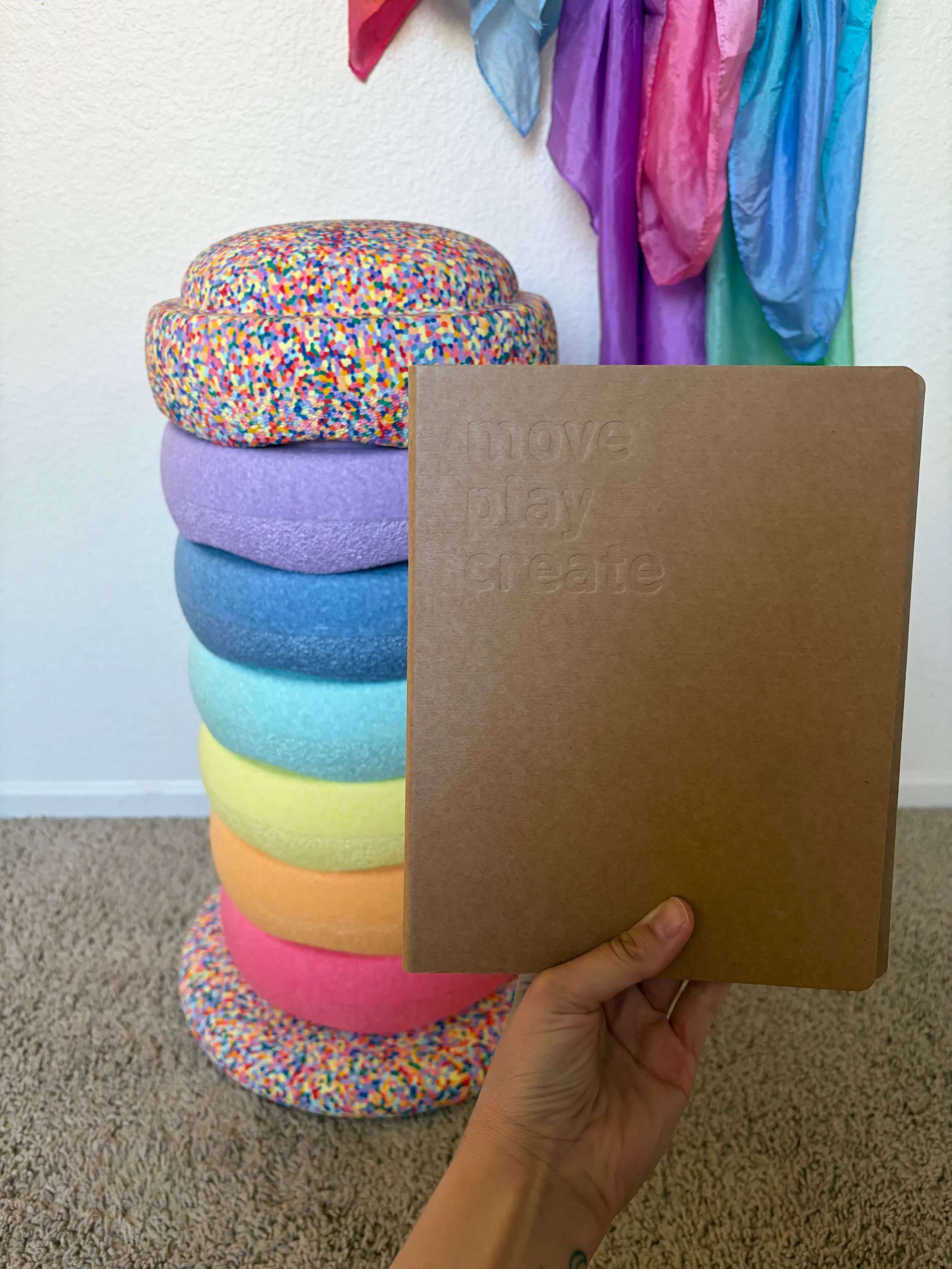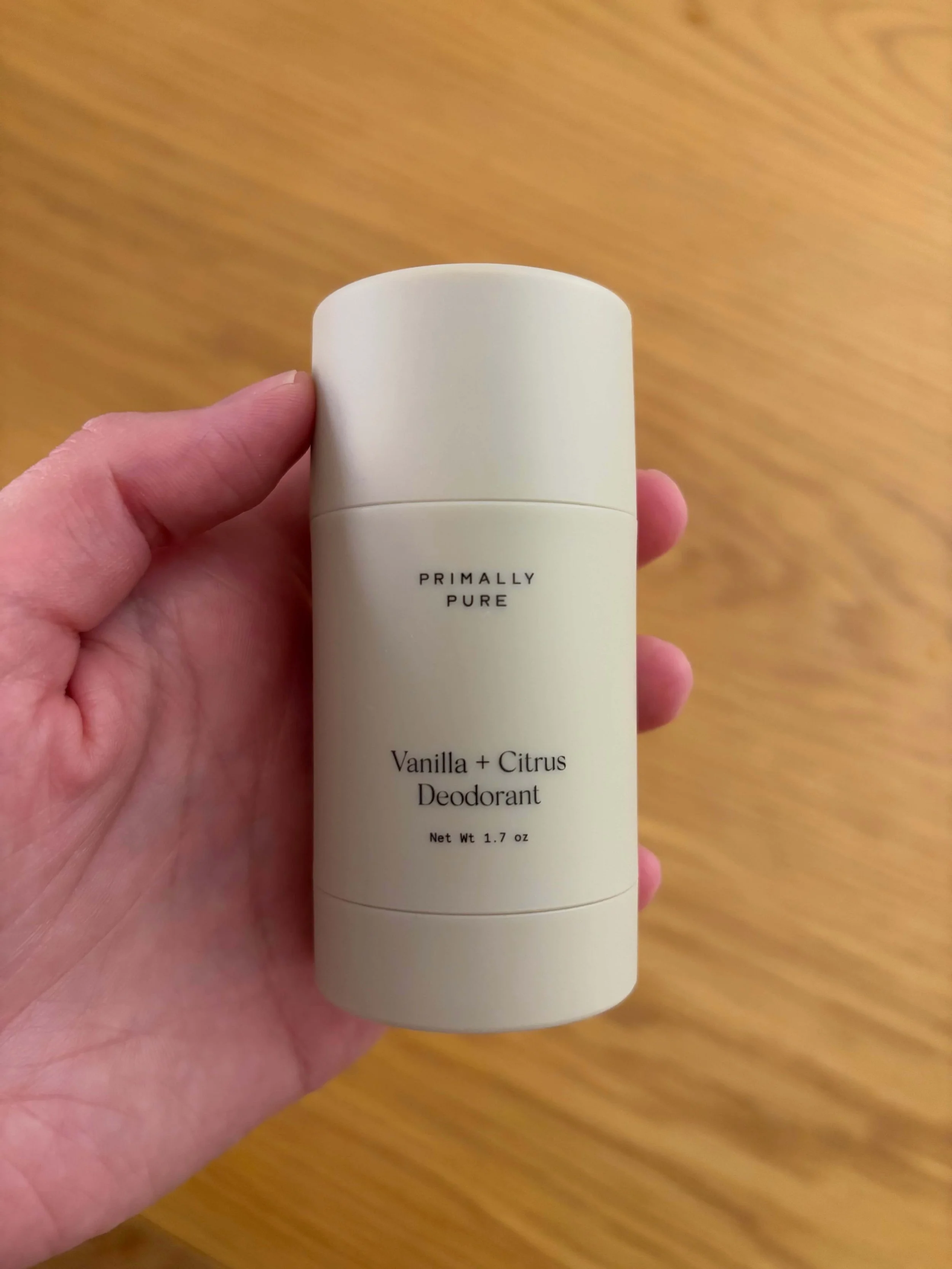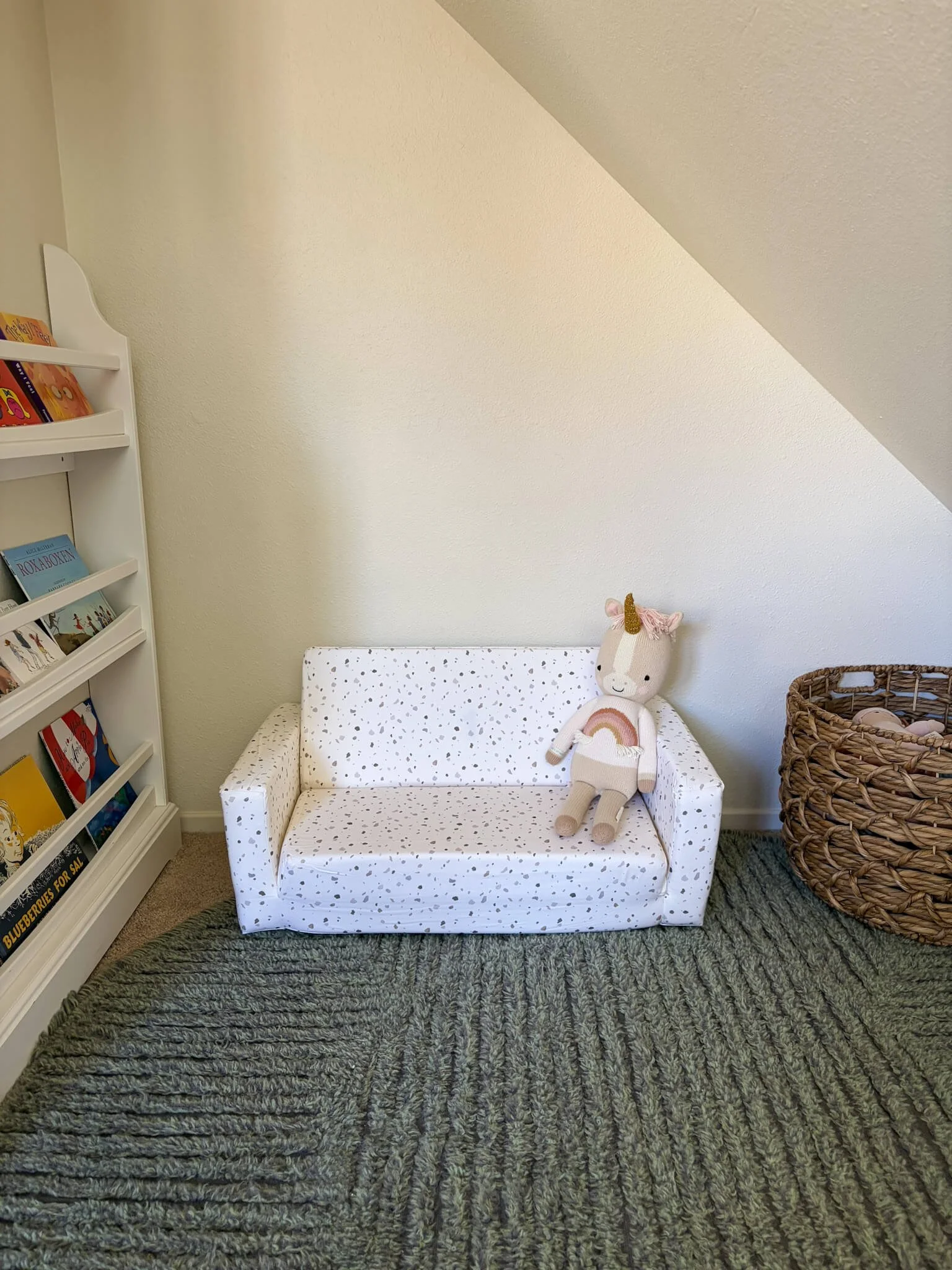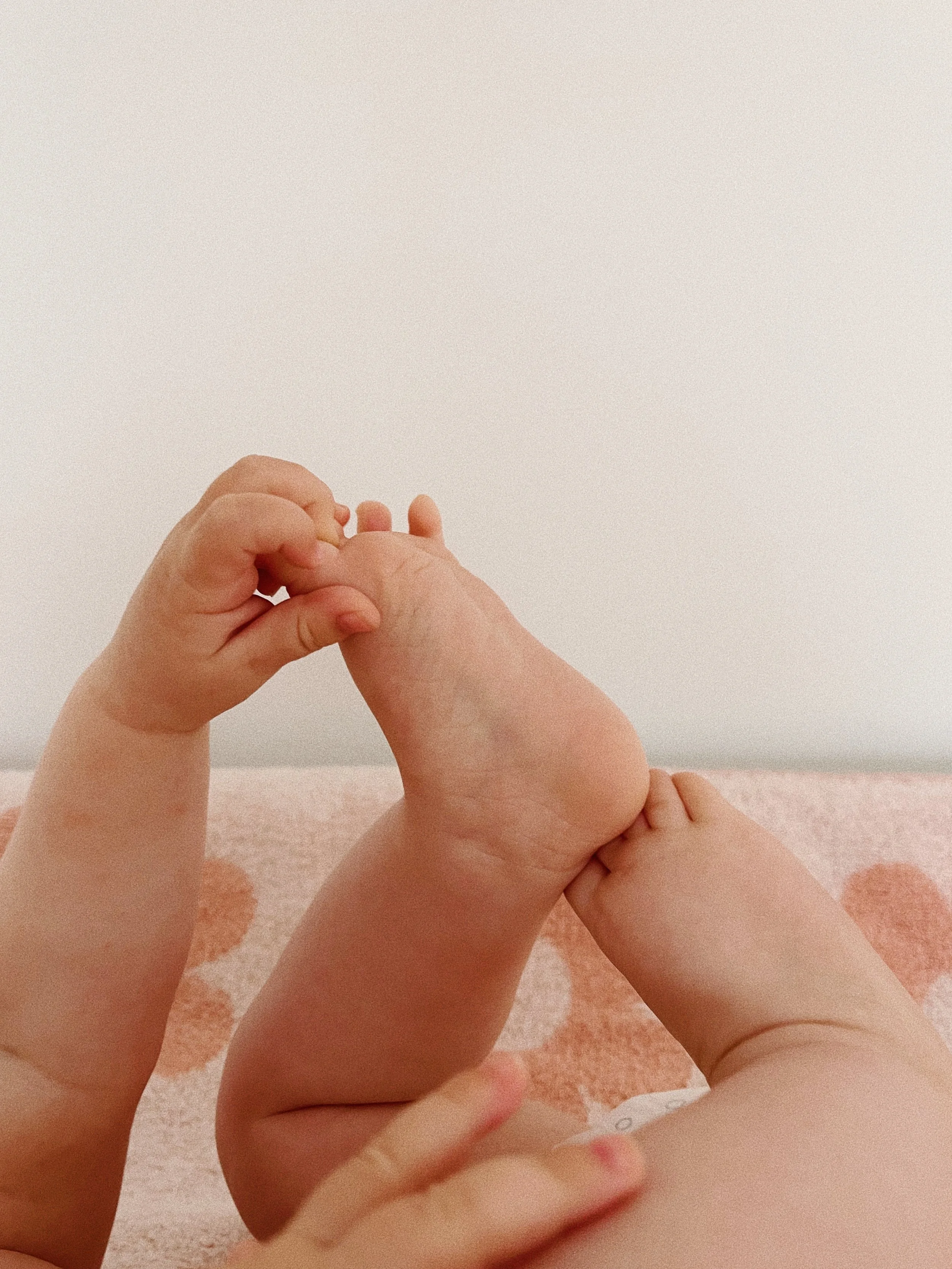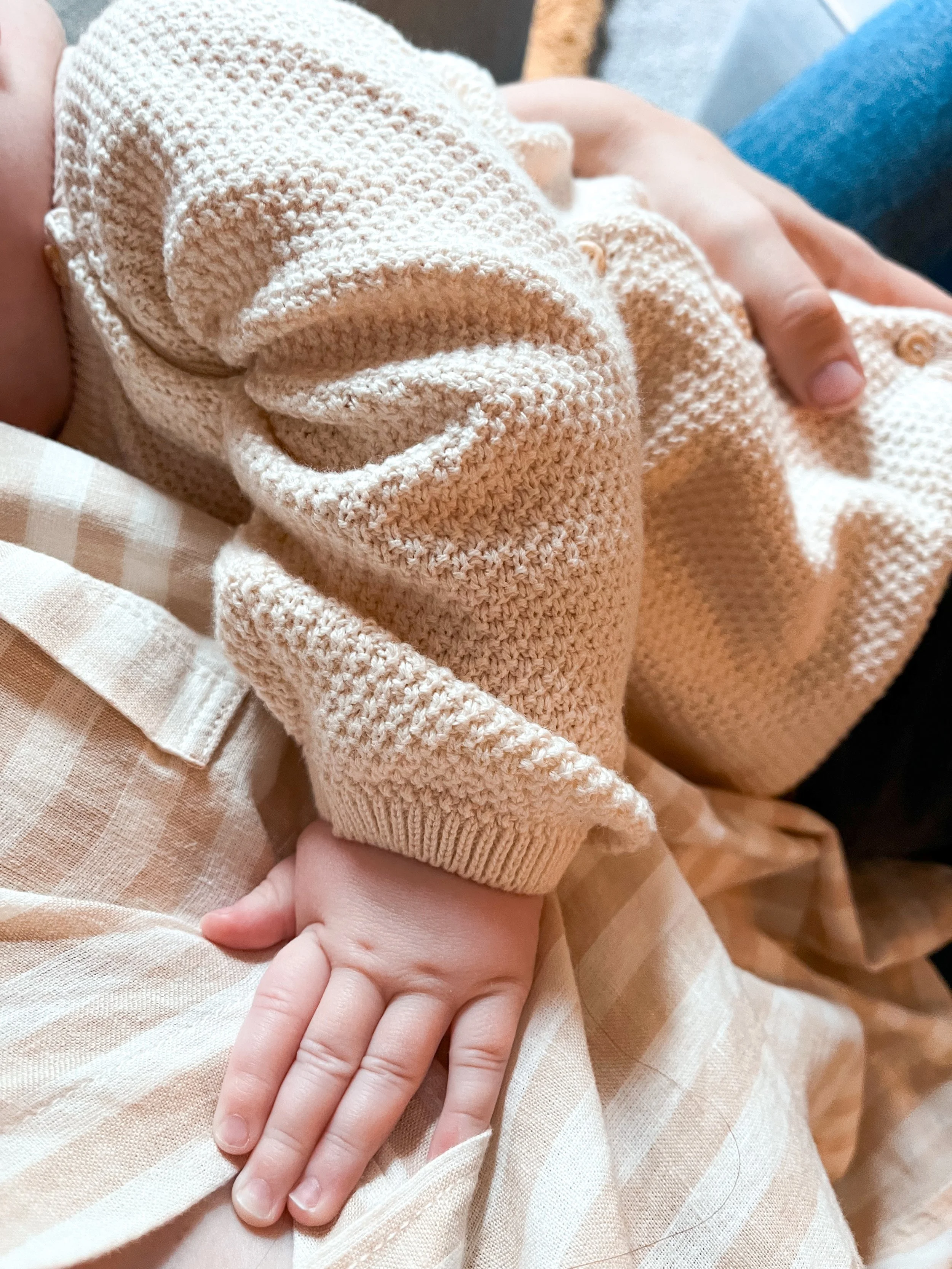What “Non-Toxic” Really Means for Families (and Why It Matters)

When you see a product labeled “non-toxic,” it sounds simple: safe for your family, free of harmful chemicals. I used to feel reassured by this labeling too! But what does it actually mean?
The truth is, “non-toxic” isn’t regulated like “Greenguard Gold” or “USDA-certified organic.” It’s more of a guiding principle than a legal guarantee — which is why understanding what to look for matters, especially when you’re creating a safe home for kids, pets, and yourself.
Understanding Indoor Air Quality and Off-Gassing
Many household products — mattresses, furniture, rugs, cleaning products, even some baby toys — can release chemicals into the air. This is called off-gassing, and it can include volatile organic compounds (VOCs), flame retardants, or synthetic fragrances.
Non-toxic products aim to minimize these risks by:
Reducing or eliminating synthetic chemicals
Using natural or plant-based ingredients
Choosing materials that don’t off-gas harmful fumes
Better air quality isn’t just a “nice-to-have” — it can improve sleep, reduce allergies, and lower long-term health risks. We prioritize Greenguard Gold certified products in our bedrooms and main living areas, since these are where we spend most of our time indoors. We also use this air purifier in our bedroom and living room.
Everyday Toxins That Sneak Into Homes
Even when a home looks clean, hidden toxins can lurk in:
Fragranced products: perfumes, cleaners, and candles often contain hormone-disrupting chemicals.
Flame retardants: common in mattresses, sofas, electronics and some children’s products.
PFAS (“forever chemicals”): found in non-stick cookware, stain-resistant fabrics, and some baby products.
Being non-toxic doesn’t mean perfection — it means awareness and intentional swaps. Try selecting one of these categories and making a few intentional swaps — each one adds up over time!
Learn how this ties into sustainability in Sustainable vs. Non-Toxic.
The Impact of Non-Toxic Living on Kids and Pets
Children and pets are more vulnerable to chemical exposures because their bodies are smaller and still developing. Simple non-toxic swaps — like organic bedding, fragrance-free cleaners, and safer skincare — can make a big difference over time.
It’s not about creating a “perfect” home. It’s about creating a healthier, safer environment, one conscious swap at a time.
And when you’re ready to apply it all at home, How to Transition to a Non-Toxic Home is your next stop.
Easy Non-Toxic Swaps to Start With
Here are a few high-impact areas to focus on first:
Skincare: Choose products with MADE SAFE or USDA Organic certifications.
Bedding: GOTS-certified sheets and mattresses free of flame retardants.
Cleaning products: Plant-based or fragrance-free options.
Cookware: Avoid non-stick with PFAS; opt for stainless steel or cast iron.
Water filters: Ensure clean drinking water for the whole family.
Swapping one category at a time might make things feel more manageable. I started with personal care items and then started swapping our bedding for certified organic options. You can start anywhere — whatever feels right for you!
Final Thoughts
Non-toxic living isn’t about fear — it’s about empowerment. Every small choice you make contributes to a safer, healthier home for your family. Start with awareness, swap one high-impact item at a time, and celebrate progress over perfection. You’ve got this, and I’m rooting for you!
Quick Tips
Focus on high-impact swaps first — bedding, skincare, and cleaning products.
Look for third-party certifications like MADE SAFE, GOTS, or USDA Organic.
Keep it simple: small changes over time add up to big health benefits.
Remember, non-toxic doesn’t mean expensive — thoughtful choices matter more than perfection.
Latest on the blog
Discover why Nest Bedding’s organic sheets and washable wool comforter are the eco-friendly upgrade your sleep has been missing.
Ready to detox your home? Follow this simple step-by-step guide to create a non-toxic home — with easy swaps for bedding, skincare, cleaning, and more.
Sustainability and non-toxicity aren’t the same — but together, they’re powerful. Learn how to choose products that are safe for your family and the planet.
Understand what “non-toxic” really means for your home and family. Learn to identify hidden toxins, improve indoor air quality, and make safe, simple swaps.
Don’t be fooled by greenwashing. Learn the red flags of fake sustainability, what real transparency looks like, and how to choose brands that mean what they say.
“Organic” doesn’t always mean safe. Find out what organic really means for food, skincare, and textiles — and how to tell when a product is genuinely clean.
Not all eco labels are created equal. Learn which non-toxic and sustainable certifications truly matter — from GOTS to MADE SAFE — and which to skip.
Learn how to read non-toxic labels with confidence. Discover what ingredient lists, certifications, and marketing claims really mean so you can shop safer.
Discover why Stapelstein is one of the best non-toxic toys for young children. Made from safe, eco-friendly materials, this open-ended toy inspires creativity, active play, and endless imagination.
Struggling with postpartum body odor? Learn why Primally Pure is the best deodorant for new moms—safe, clean, and effective.
Discover the 20 best Montessori books for parents in 2025—honest reviews, practical tips, and guides on the Montessori method for home and school.
Choosing non-toxic, eco-friendly seating for your kids doesn’t have to be complicated. Find out why the Toki Kids play couch and bean bag are our #1 choice!
Let’s dive into the many positive effects of breastfeeding a toddler, what the research says, and how to make it work in everyday life.
Whether you’re a new mom looking for practical advice or a seasoned parent wanting reassurance, the right resources can make all the difference. Check out the 7 books that do just that here!
Baby sleep sacks are one of those game-changing items that make bedtime safer and easier for everyone. Check out our 5 favorites here!
Let’s be honest—finding the perfect organic hat isn’t easy. That’s why I put together this list with the 10 cutest options all in one place!
Many foam play mats are made from plastic + filled with toxic chemicals. Find out what makes Toki Mats different, and why it’s the #1 play mat I trust for my kiddos!
Many conventional hair products are full of synthetic fragrances, harsh chemicals, and unnecessary fillers. Find out which brands you can actually trust!
As conscious consumers, choosing eco-friendly shoes is a powerful way to reduce your carbon footprint. Check out the 12 pairs that made our list!
Switching to non-toxic deodorant can feel like one of the hardest swaps in a clean lifestyle journey. But it doesn’t have to! Here are some tips and tricks, plus our top recommendations!
Music is a universal language, and giving your child the chance to explore it early on is a gift that lasts a lifetime. Check out which musical toys made our top 5!
When summer rolls around, one of the first things I grab for my little one is a good sun hat. Check out which organic sun hats made our list!
If you care about avoiding harmful substances in your baby products, then you’ll want to check out these non-toxic and eco-friendly pull-up options!
Looking to transform everyday moments in the kitchen into learning opportunities for your toddler? Check out our FAVORITE functional Montessori kitchen here!
When you’re setting your dinner table, your family deserves beautiful, healthy dishes that are free from toxins. Check out our favorite American-made tableware picks!
Montessori climbers provide endless opportunities for imaginative play, physical skills, and social interaction. Check out our favorites here!
Looking for a safe, non-toxic disposable diaper? Find out why Hello Bello diapers aren’t my first choice, and which diapers I chose instead!
Your baby's nursery isn't just a pretty room—it’s the foundation of their well-being. That’s why choosing non-toxic nursery furniture matters so much. Check out our FAVORITE pieces here!
Feeding your little one doesn’t always happen in the comfort of your home, and finding a breastfeeding cover that keeps you and your baby comfortable is a must. The best non-toxic nursing cover is…
The only thing worse than toxic ingredients in makeup is actually putting them on your skin! Check out the best brands and my favorite options for sustainable and non-toxic beauty products! BONUS tip: my favorite database to help you find clean products is . . .
